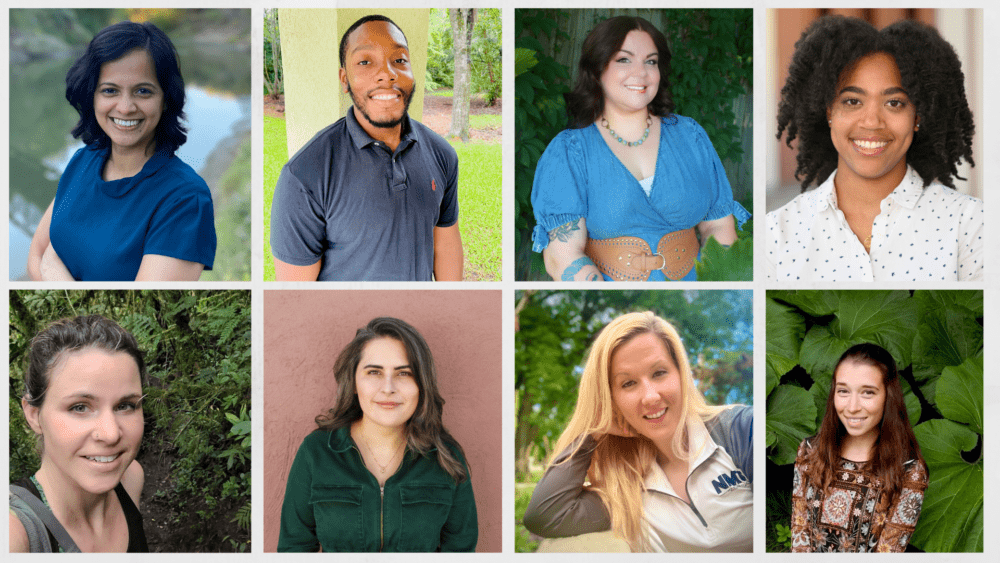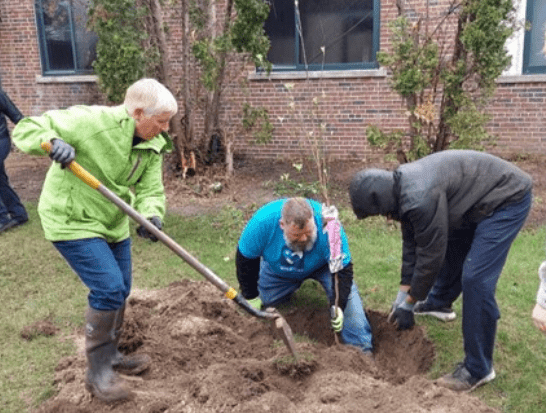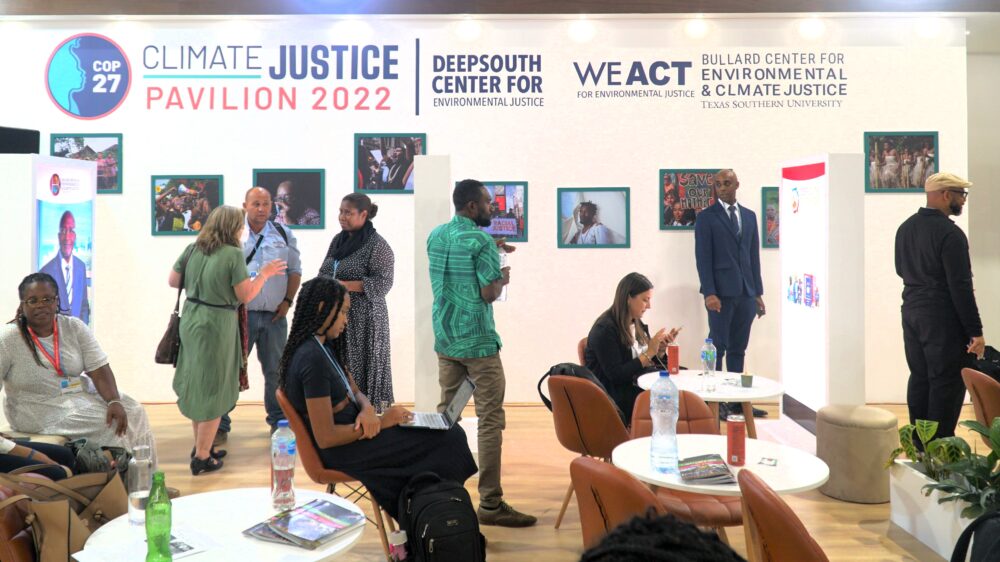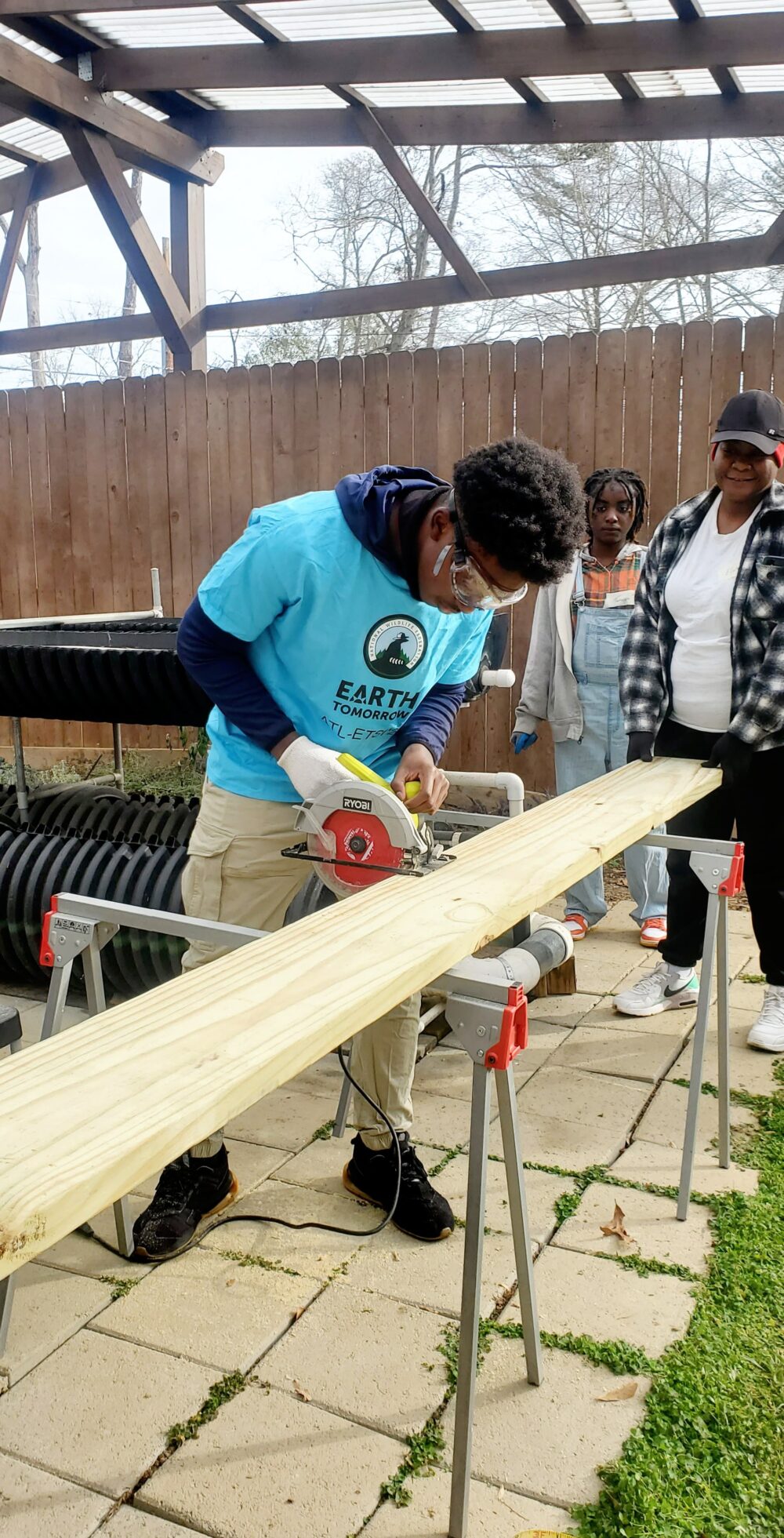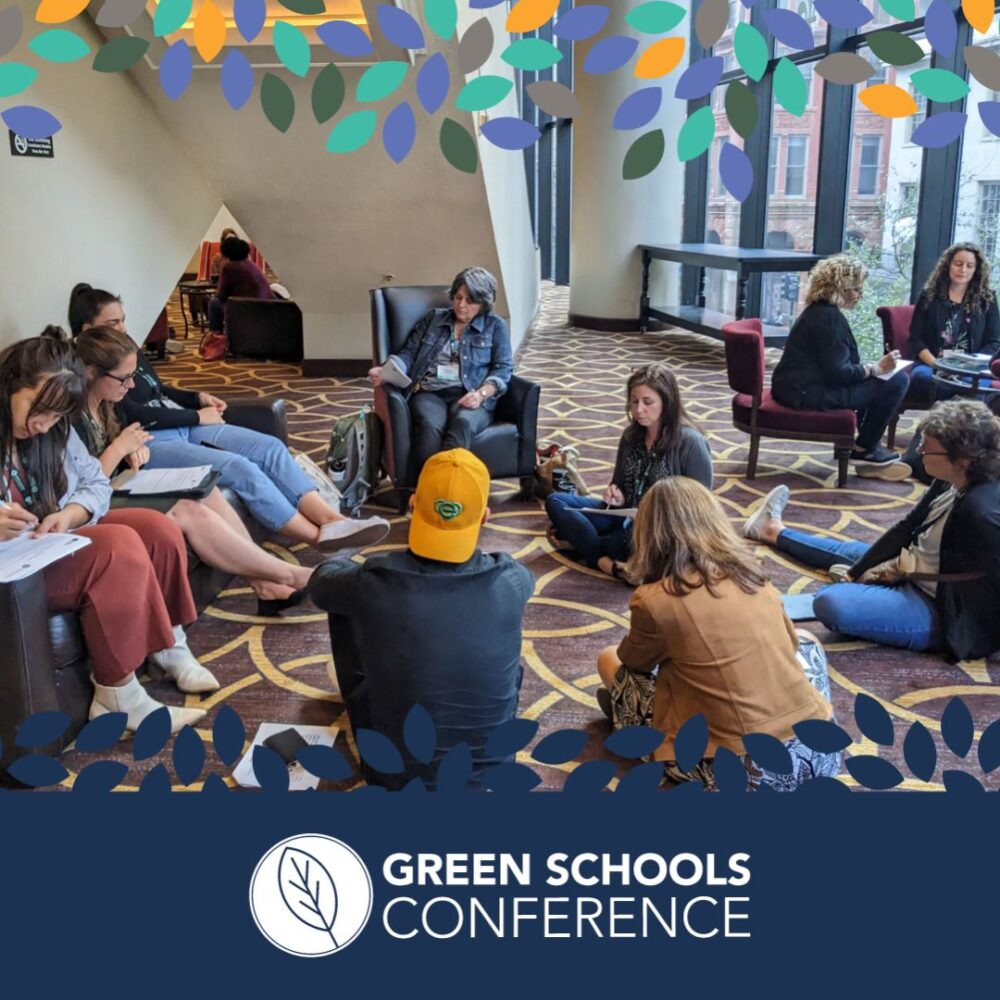We have much more to do and your continued support is needed now more than ever.
Motorola Solutions Foundation Support Grows STEM Learning and Gardens
Written by Julie Gustafson, Senior Education Manager, NWF
In the summer of 2011, NWF supported by the Motorola Solutions Foundation began a journey in education with our partners, Earth Force and Earth Partnership for Schools and the school communities they serve in the greater Philadelphia and the greater Chicago areas respectively. Together, we set out to serve students, their schools and improve and advance the link between environmental education and science, technology, engineering and math (STEM) disciplines. Eco-schools USA opens doors based on interest and advances a process that leads to student action on issues that matter to them and their community. Through this project, students from seven schools were working toward creating or restoring wildlife habitat on or near their school grounds. The variables impacting the project ranged from the physical, such as concrete surroundings to the mental, educators interest (or lack thereof) in teaching STEM disciplines. However, every school engaged reached success. Below is the brief story of how Hillcrest Elementary in Chicago, Illinois achieved new successes through the Eco-schools program. We hope as a new school year begins, you may be inspired to learn from their journey and begin or continue greening your own Eco-school!
Hillcrest Elementary Schools Natural Interest
Hillcrest Elementary Schools interest stemmed from a few places. Most notably, a beloved teacher, Patty Devers had passed away and the school had installed a memorial garden to honor her memory as she was known for her love of the outdoors. Hillcrest’s Parent Teacher Organization (PTO) had raised $10,000 during the school and year and was exploring how to spend the funds when a parent suggested expanding the memorial garden and the idea and support for Hillcrest’s Outdoor classroom blossomed. A dedicated PTO committee was formed, led in no small part by parent volunteer and former high school science teacher Amanda LeBrun. Teachers were surveyed about using the outdoors for learning. Interest was shown in establishing raised garden beds, as well as a butterfly garden and native prairie garden. Teachers learned of the opportunity available through Environmental Partnership for Schools, NWF and Motorola – for a team of educators to attend a week long institute and learn how to work with the students to create a sustainable school grounds. Supported by the school principal, PTO leader Amanda LeBrun, and a team of Hillcrest educators joined in the Institute as their journey continued.
It Takes a Village
The Institute for the first time shared its focus between creating wildlife habitats and teaching educators to use the habitats to advance science, technology, engineering and math (STEM) learning. In addition, the educators committed to providing feedback to a third party project evaluator to allow further improvements to the STEM Habitat activities and related student learning. Hillcrest found during the training that the activities while good were geared toward higher levels than the students they teach. They were working primarily with pre-K to 2nd grade learners. Rather than dismiss their intent to work with the young students they asked themselves, “To what extent can we involve pre- K through 2nd graders in this effort?” They assembled an Eco-action team which would meet 3-4 times a year and have a representative from each “village”. A village is a cross classroom community, made up of four – six classes. Rather than tackle their garden projects by classroom, they worked in their villages. Educators worked to modify the provided activities for their students and with younger students it included a lot of drawing what you see and what you would like to see. Each village was allowed to design its own garden bed based on their selected theme. Themes included: veggie garden, sensory or touch garden, rainbow colors garden and others. Each village prepared their students with lessons about understanding flowers, from how they grow to their structure to how they make a garden. For younger kids, there was a lot of looking at different plants or plant pictures. When it was time to select garden plants, pictures were hung and students were able to vote with plant seeds for their favorites. The top three vote receiving plants are to be highlighted in the butterfly and prairie gardens. The PTO interest was contagious and volunteers supported numerous aspects of the project from building the raised beds to securing soil and plant donations. Antioch Garden Club provided tools, gloves and hoses, Fox Waterway Agency donated soil, the US EPA tested the soil for the school and Scouts helped secure plant donations. Committed parents provided support and labor including the installation of six raised garden beds.
Growing Gardens
When it came to planting the gardens, it worked differently for different villages depending on the demands of the school day/timing. Not every student involved in Eco-schools process was able to be part of the planting day. But in all, the school estimates that 45 – 50 educators were involved at some level. PE, music and art focused on flowers, pollinators and bee activities in some fashion. There were links made between arts and science education. Learning included measuring temperatures, wind, seeds and placement and recording data. Through their village’s participation, 800+ students were engaged in the Eco-schools habitat project. The Eco-action team members and educators are continuing to define next steps. Projects they are considering include: making plant signs, stepping stones, and trails, bird houses bat boxes in the nearby woods. Eventually, with continued support they envision seating for the courtyard area and outdoor chalkboard and even a weather station.
The school community does address concerns from “who will care for our garden in the summer months?” to “how do we ensure this continues?” but they are working together towards solutions each step of the way.
The schools participation in the pilot projects evaluation contributed to a significant overhaul of the activities, including separating the activities to an elementary and secondary education level.
Pictures of the schools work are featured online at the schools website: Butterfly Garden Voting Day and Outdoor Classroom Projects.
Reflecting on the project, lead parent volunteer Amanda LeBrun offered that, “you know how every kid picks phys-ed as their favorite subject- that is what this is now. For every kid at our school, they are learning so much.”












